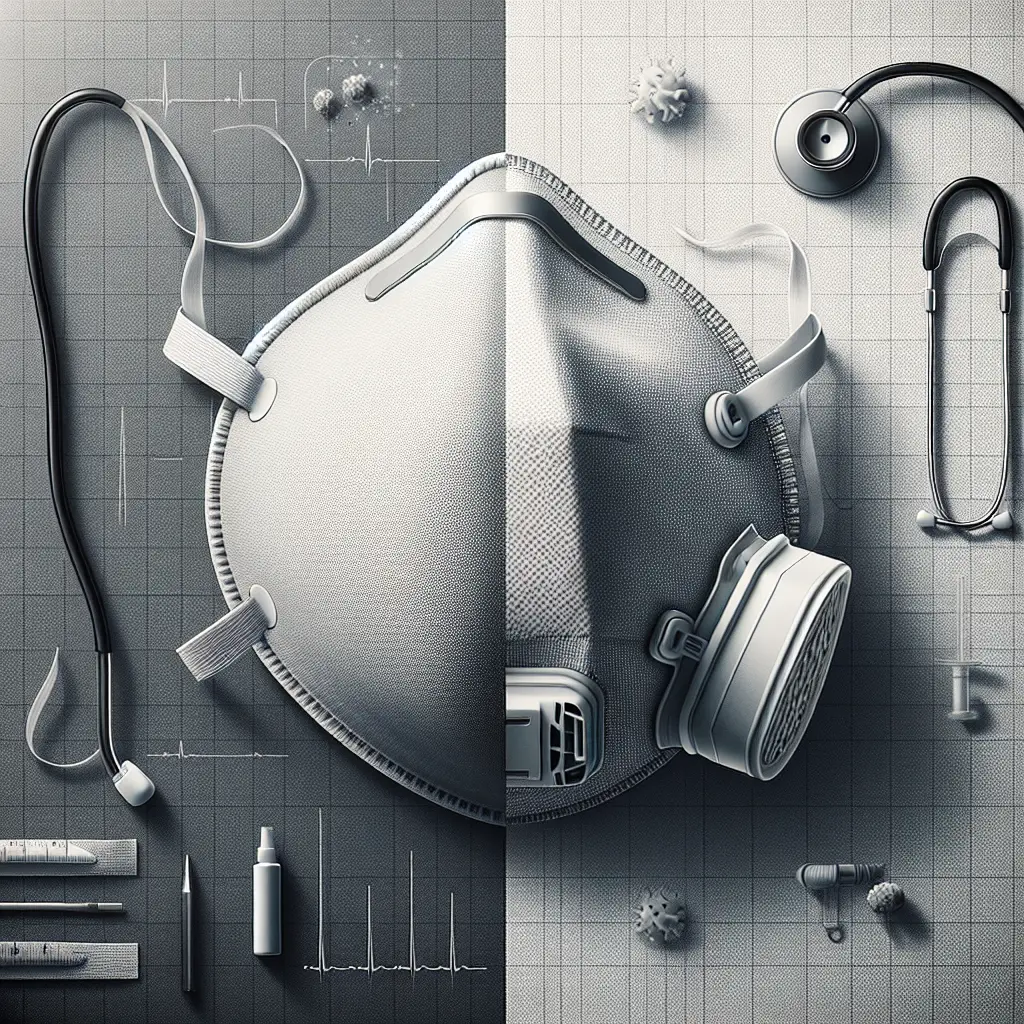Understanding the Differences Between Masks and Respirators
In today’s world, the importance of protective gear has never been more in focus. From everyday protection against pollution to safeguarding healthcare professionals against pathogens, masks and respirators play crucial roles. While often used interchangeably, masks and respirators serve different purposes and provide distinct levels of protection. In this article, we dive deep into understanding these differences and their specific uses.
Understanding the Basics: Masks vs. Respirators
Before delving into specific uses, it’s essential to understand what sets masks and respirators apart.
Masks
Masks are generally designed for everyday use and casual environments. They are primarily meant to prevent the spread of moisture droplets from the wearer to others. Some common types include:
- Surgical Masks: Often used in healthcare settings to protect surgical environments from contaminants.
- Cloth Masks: Made from various fabrics, frequently used by the general public to reduce the spread of airborne droplets.
Masks are more about community protection, reducing the chance of anyone unknowingly transmitting the virus by trapping droplets from coughs and sneezes.
Respirators
Respirators, on the other hand, are designed to protect the wearer from inhaling hazardous particles, including infectious agents. They fit tightly to the face and have specific standards they must meet:
- N95 Respirators: Filters out at least 95% of airborne particles. Commonly used in healthcare settings.
- FFP2/FFP3: European standard respirators offering different levels of protection, with FFP3 providing higher filtration efficiency.
Respirators often include layers of material with electrostatic charge that enhance filtering efficiency by attracting particles.
Comparing Features: Protection Level and Certification
It’s crucial to understand the differences in protection levels that masks and respirators offer. Here’s a look at their key features:
Protection Level
- Masks: Primarily protect others from the wearer and are not designed to provide a high level of filtration.
- Respirators: Offer personal protection to the wearer by filtering out small airborne particles effectively.
Certification
Respirators often require certification to ensure they meet certain safety standards, such as:
- N95: NIOSH certified in the U.S.
- FFP2/FFP3: Certified by European standards.
In contrast, cloth masks and surgical masks generally don’t require specific certifications but should adhere to general manufacturing guidelines.
Applications: When to Use Masks and Respirators
Understanding when to use each type is vital for maximizing their effectiveness.
When to Use Masks
Masks are suitable for general public use and certain professional settings. Situations include:
- Public Spaces: Cloth masks are recommended for use in places like grocery stores and public transport to mitigate the spread in communities.
- Healthcare Environments: Surgical masks can be used by medical staff during non-invasive procedures to protect clinical environments.
When to Use Respirators
Respirators are suitable for high-risk activities where exposure to harmful particles is prevalent. Their uses include:
- Healthcare Settings: For procedures that generate aerosols or when treating contagious diseases, health professionals rely on respirators.
- Industrial Work: Workers in construction, mining, or factories where there is a risk of inhaling dust, smoke, or vapors.
Respirators are integral in environments where protection from airborne biohazards or chemical exposures is needed.
Caring for Your Mask or Respirator
The effectiveness of masks and respirators is highly dependent on proper use and maintenance. Follow these guidelines:
For Masks
- Washing: Clean reusable masks after each use with soap and water.
- Storage: Store in a clean, dry area when not in use.
For Respirators
- Fit Test: Ensure proper fitting to the face for ultimate protection.
- Usage Duration: Follow manufacturer’s guidelines and replace as needed, especially if damaged or soiled.
Proper care extends the life of your protective gear and maintains its efficiency.
Conclusion: Making the Right Choice
The decision between using a mask or a respirator should be guided by the specific circumstances and environment. While masks are adequate for everyday public use, respirators provide a higher level of personal protection against airborne particles. Therefore, understanding their differences not only enhances your safety but also ensures you are protecting those around you effectively.
Choosing wisely and using these protective devices properly is critical, especially in pandemics and industrial settings. Always stay informed and follow guidelines from health authorities and manufacturers for the best outcomes.










